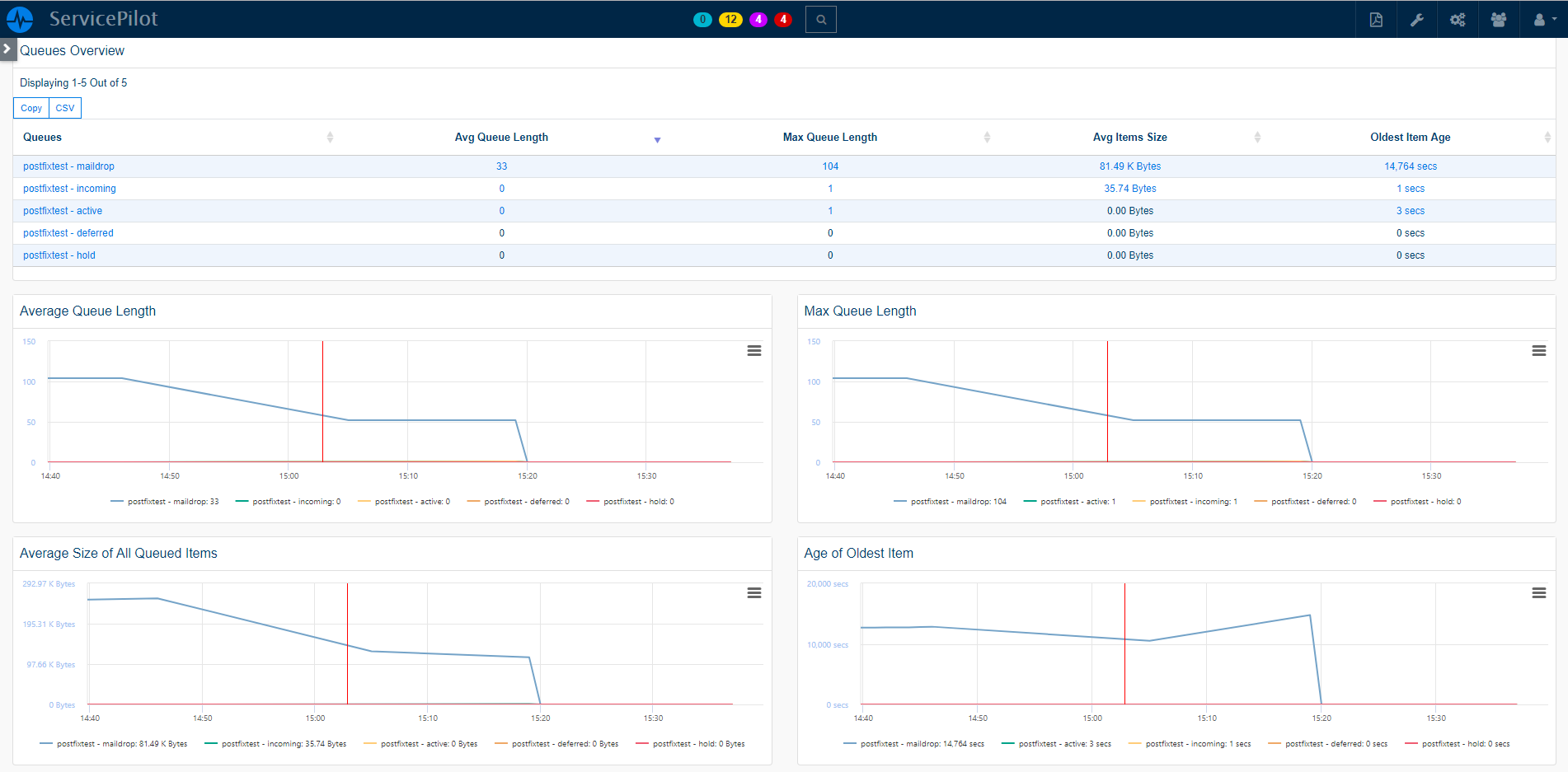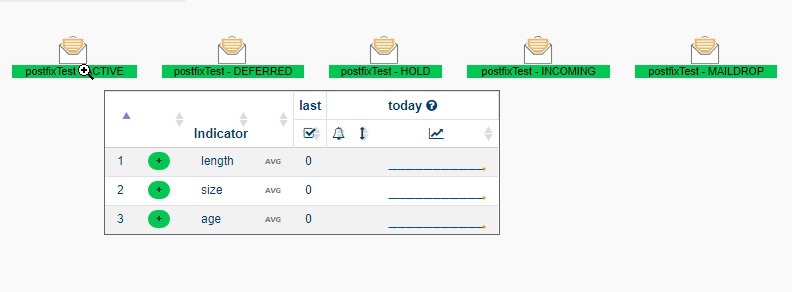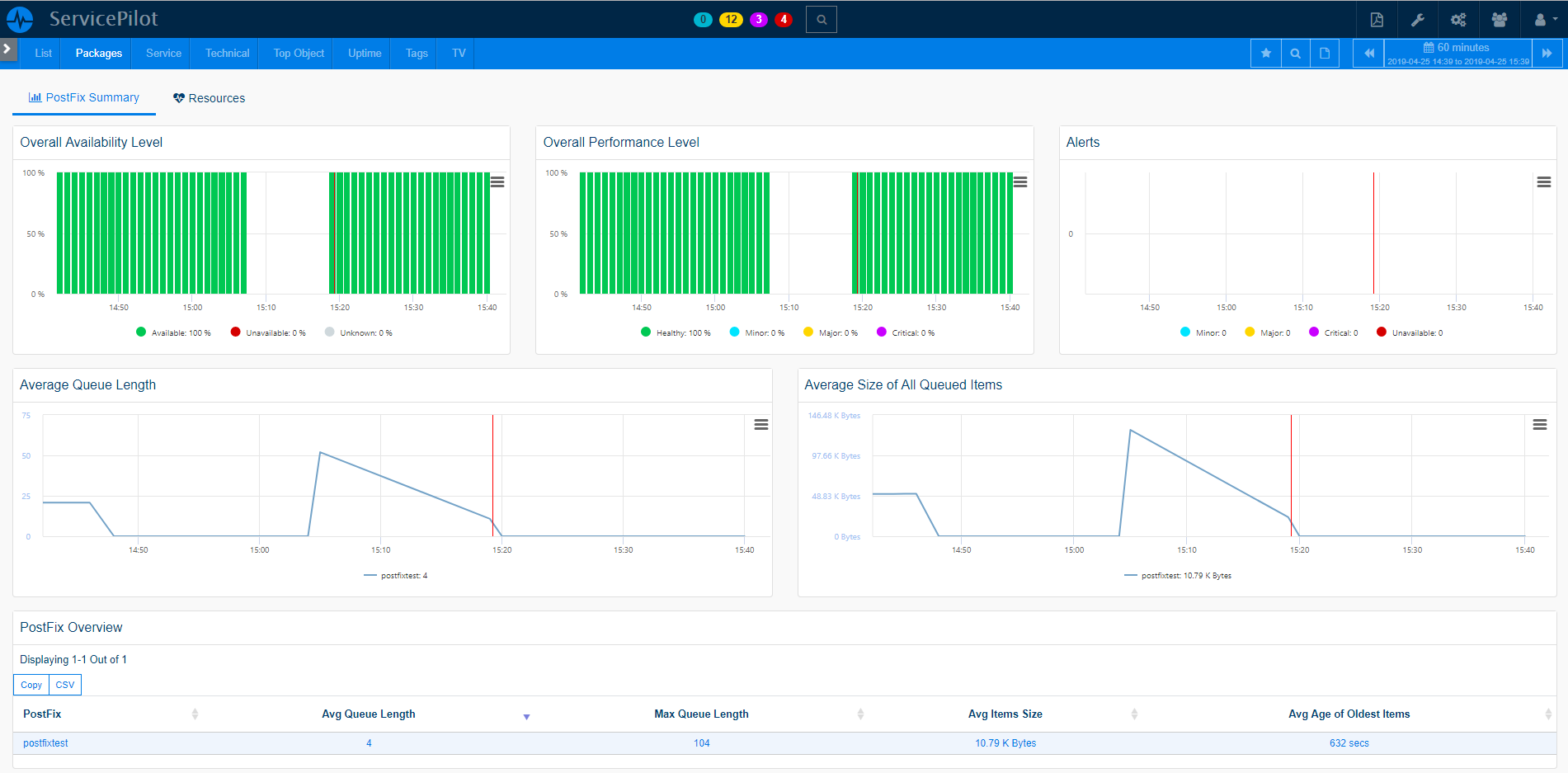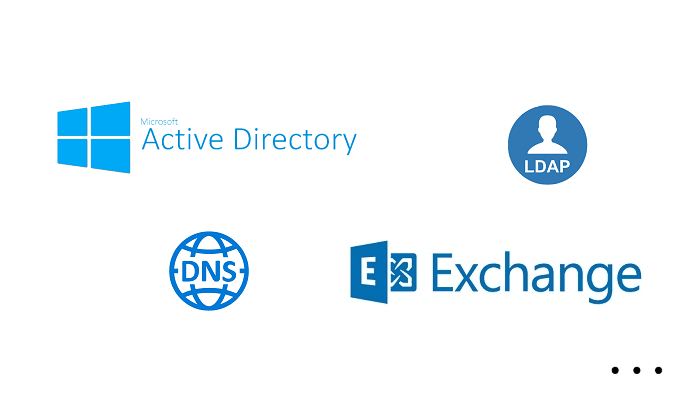What is Postfix?
Postfix is an open-source mail transfer agent (MTA) that routes and delivers electronic mail. It was developed with security in mind and is known for its rich feature set, extensibility, and robustness.
Postfix is released under the IBM Public License 1.0 and later distributed under the Eclipse Public License 2.0. It's widely used in production environments, serving as the backbone for many email systems due to its stability, performance, and easy configuration.
How to monitor Postfix?
ServicePilot makes it easy to monitor Postfix by simply installing a script on the Linux host which will periodically send statistics to the ServicePilot resource. Then add a appmon-postfix resource via the ServicePilot provisioning page.
The following statistics are gathered for each of the active, hold, incoming, maildrop, and deferred queues (http://www.postfix.org/QSHAPE_README.html#queues):
- Queue length: Number of items in the queue
- Size: Size in bytes of all the items in the queue
- Age: Age in seconds of the oldest item in the queue
How to install a postfix resource?
- Use your ServicePilot OnPremise installation or a SaaS account.
- Add a new postfix resource via the web interface (
/prmviewsor/prmresources) or via API (/prmpackagespage), the default ServicePilot agent or another agent will be provisioned automatically.
Details of the postfix package are located in the
/prmpackagespage of the software.
Benefits
ServicePilot enables you to deliver IT services faster and more securely with automated discovery and advanced monitoring features.
By correlating the technology POSTFIX with APM and infrastructure monitoring, ServicePilot is able to provide a more comprehensive view of an organization's IT environment.
This allows IT teams to quickly identify and diagnose issues that may be impacting application performance, and take corrective action before end-users are affected.
Start with a free trial of our SaaS solution. Explore our plans or contact us to find what works best for you.








